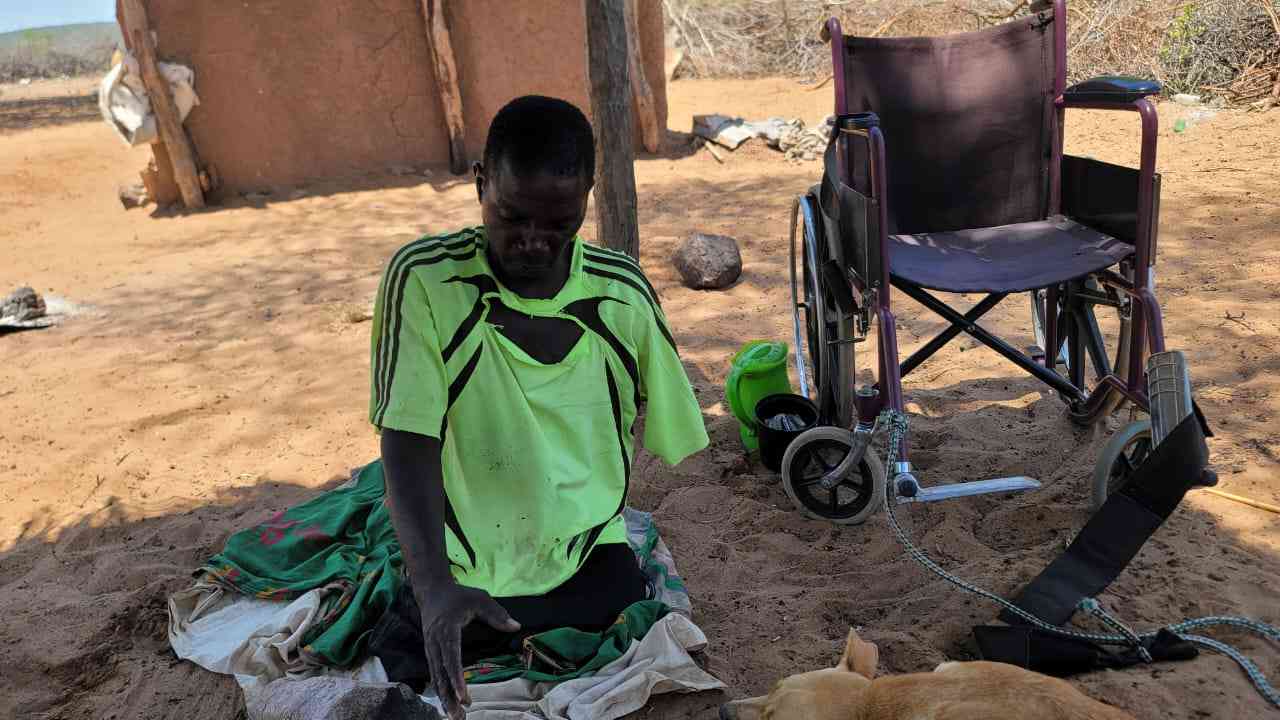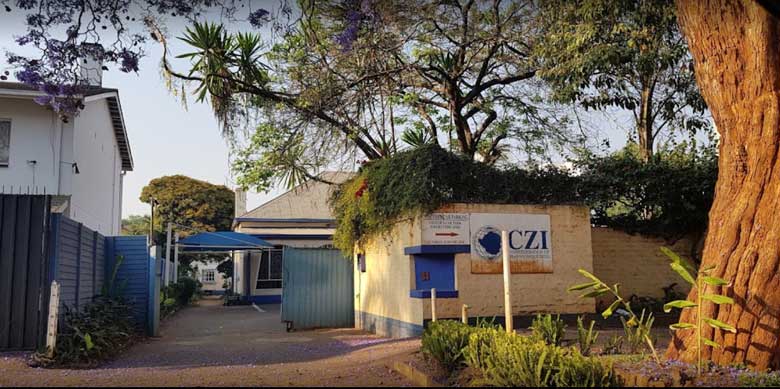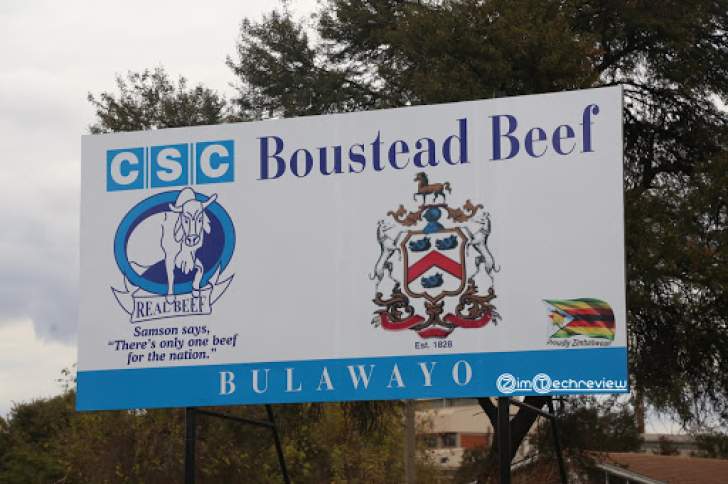
Our senior business reporter Mthandazo Nyoni (MN) this week sought an interview with journalist, Regis Nyamakanga (RN), president of the Zimbabwe Commercial Rabbit Breeders Association (ZICORBA).
Over the next five years, he sees the rabbit industry generating over US$2,5 million. Find below excerpts of the interview.
MN: What is the state of rabbit farming in Zimbabwe?
RN: The rabbit rearing industry is undergoing a massive transformation on the back of a raft of strategies being implemented by the Zimbabwe Commercial Rabbit Breeders Association.
This sub-sector has, for many years, remained largely underdeveloped. But the launch of ZICORBA in 2020 changed things.
We have seen an influx of people starting commercial rabbit ventures, driven by the availability of improved breeds, better housing standards, training and capacity building programmes and a potentially huge market on the domestic and export markets.
Zimbabwe’s first export approved abattoir for rabbits.
MN: How much does this industry generate annually?
- Chamisa under fire over US$120K donation
- Mavhunga puts DeMbare into Chibuku quarterfinals
- Pension funds bet on Cabora Bassa oilfields
- Councils defy govt fire tender directive
Keep Reading
RN: Prior to July 2020, the rabbit industry was in a comatose state. No statistics are available. We are working to address this. Having said that, we know that the potential for this industry to play a catalytic role in the growth and development of our economy is unparalleled. Our plan is to broaden the participation of our people in rabbit production over the next five years. Our special focus is on youth and women.
In line with the government’s five-year Livestock Growth Plan, we envisage a situation where the majority of the 1,8 million households in Zimbabwe will be actively participating in rabbit farming. Already, schools, colleges and universities have expressed interest in rabbit production.
MN: How much will be generated in five years?
RN: Our projections are that the rabbit industry could generate upwards of US$2,5 million from domestic sales, driven largely by access to affordable breeding stock, availability of funding, quick gestation period, broad-based participation in cuniculture production, availability of more rabbit slaughter houses and the potential to export to countries such as China where demand is in excess of 400 000 tonnes per year.
MN: How many farmers were rearing rabbits when you started your organisation?
RN: The rabbit industry was almost moribund except for a few backyard farmers. But as soon as we demonstrated the potential that the sub-sector holds, we started seeing a spike in the number of people venturing into cuniculture.
Working with relevant government bodies, we plan to conduct a census of rabbit farmers in Zimbabwe.
MN: How does the Zimbabwe rabbit industry compare with other countries in the region?
RN: The massive interest in rabbit production over the past year and the recent construction of the export-approved abattoir has placed Zimbabwe in good stead to becoming one of the major players in Africa. In just one year, ZICORBA has forged alliances with rabbit farmers’ associations in Kenya, South Africa, Uganda, Mozambique, Eswatini, Nigeria and Botswana. We are curently talking to our counterparts in Zambia, Egypt and Ghana.
MN: Is current production small-scale or commercial?
RN: Although the industry was previously dominated by backyard producers, our farmers are organising themselves into small-scale, medium-scale and large-scale rabbit producers. We have a number of companies that have invested substantially in large scale rabbit production.
Just this week, (third week of August 21) I spoke to four companies that have invested significant amounts of money in rabbit production, with each of them estimating production of about 250 rabbits for meat every week. We are toying with the idea of starting contract growing schemes.
MN: Can this sector create millionaires?
RN: This is not a get-rich-quick scheme. Far from it. We are working on a sustained programme that will empower the majority of our people with the means to engage in an activity that will catapult them into the cash-economy and improve their livelihoods. The idea is to improve the living standards of the majority of our people. What is the point of creating a few millionaires when the majority of our people are wallowing in abject poverty?
MN: Tell us about downstream industries being supported by your industry?
RN: The rapid growth of our industry has created many opportunities for downstream industries such as cage makers, feed-mixers, rabbit nest makers, suppliers of rabbit feeders, rabbit urine and rabbit droppings vendors, rabbit tanneries and pet food makers.
MN: Tell us about current and future employment levels?
RN: We are confident that rabbit production will, within the next few years, become one of the largest employers in the country. The beauty about it is that we will be creating self-employment for many of our unemployed youth and women across the country.
MN: Is there a market for rabbit meat in Zimbabwe?
RN: Although the consumption of rabbit meat is still relatively low, the potential for growth is huge. We can easily push about 25 tonnes of rabbit meat onto the local market per month.
MN: Tell us about demand dynamics on the international markets. Where are the opportunities?
RN: A total of about 1,5 million tonnes of rabbit meat is consumed per year globally, generating upwards of US$7 billion in revenue. China is the largest consumer of rabbit meat with its annual consumption estimated at about one million tonnes.
The Democratic Republic of Korea and Egypt are among the other major consumers.
MN: As a fairly new organised agriculture sub-sector, what challenges have you faced and how have you addressed them?
RN: The biggest challenges faced by the local rabbit farmers include high input costs, limited or no access to capital, lack of quality breeding stock, lack of processing facilities and an underdeveloped market for rabbit meat. We have been working painstakingly at addressing these challenges and we are making significant progress.
MN: The rabbit sector, for now, doesn’t feature in government planning. This should be a cause for concern?
RN: It is true that our sector currently does not feature in government planning.
The formation of ZICORBA in July 2020 changed this.
We have already started engaging with the Agriculture minister with a view to ensuring that rabbit production is given its rightful place in Zimbabwe’s agricultural sector.










